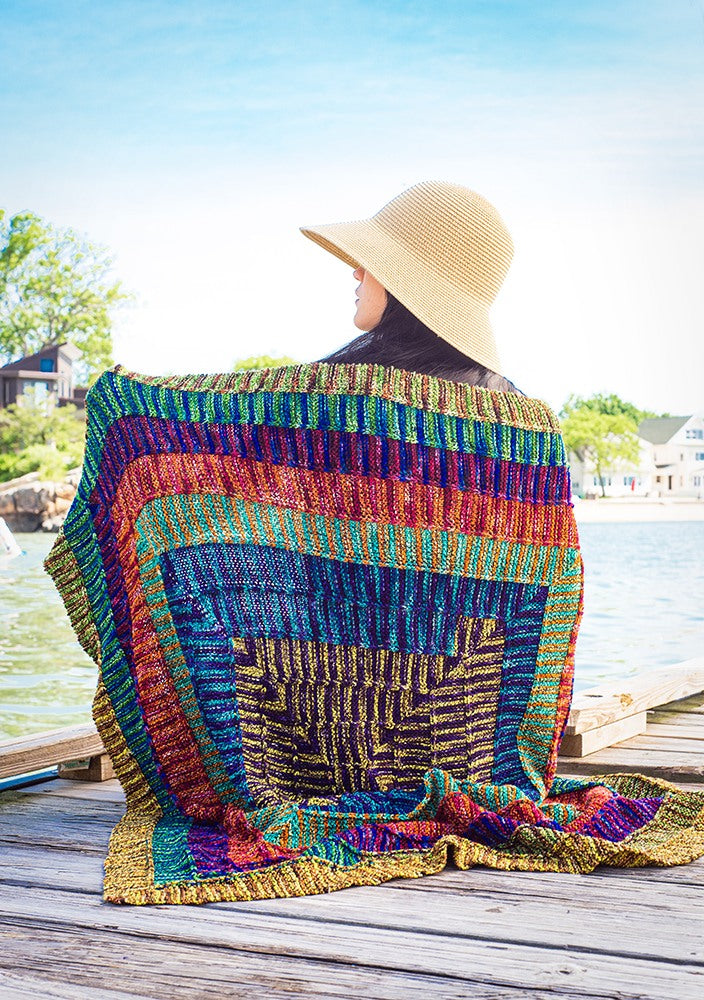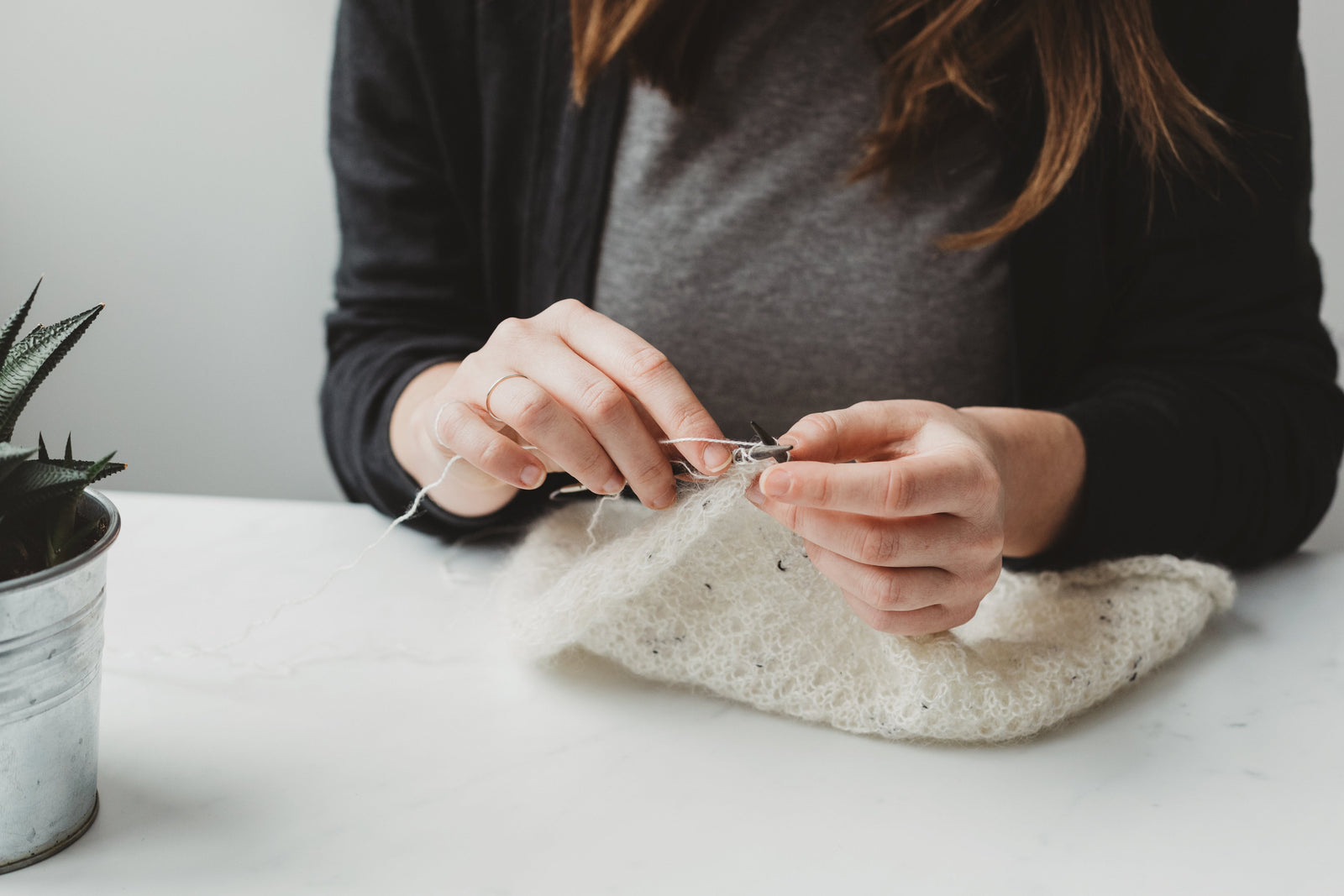Your Cart is Empty
Our miraculous eyes can interpret light waves in nearly 3 million different colors that help us to see the world. These colors have both a conscious and subconscious effect on us and influence our perceptions, symmetry, mood, and whether we categorize an object as beautiful- or not. An important part of knitting is selecting perfect, complimentary yarn colors that produce the end result we hope for. It can be tricky to pair yarn for a project and we are here to help.
Color can take your knitting project to the next level, when paired properly. Studies of color have been conducted for thousands of years. There is evidence that the painters of cave paintings experimented with color derived from various plants and berries. Leonardo Di Vinci studied and wrote about color extensively. And then in the 1700s, Sir Isaac Newton created the first known color wheel. We still rely on iterations of the color wheel today, as it presents hues in a logical way.
Based on research, color theory is practical guidance to color mixing and the visual effects of color combinations. Color theory helps us to achieve complementing, contrasting, and vibrant color combinations that are widely accepted as being beautiful. Of course, you are always free to pair any colors you choose, but keep in mind that certain color combinations are widely accepted as being aesthetically pleasing.
Color theory established a language that has been assigned as an accepted way to discuss color. Within that language, there are generally accepted rules for selecting yarn that will accomplish your color objectives. Let's break down the language a bit.
Color theory operates based on three concepts:
Complementation. The way we perceive how color relates to other colors is called complementation. Research shows that colors from opposite ends of the color wheel are generally considered to be more complimentary, largely because our eyes love balance.
Contrast. When there is a clear and obvious division between color elements, this is called contrast. Contrast is thought to reduce eye strain which makes it more aesthetically pleasing, but also easier to knit. Bold, contrasting stripes are our favorite for sweaters and scarves.
Vibrancy. When you have an emotional connection to a color, it is likely due to how vibrant the color is. Bright colors are associated with energy and dark colors are associated with focus and seriousness. Keep this in mind when selecting yarn colors.

Within those three concepts lie nuances of color. They are defined below:
When these variations of color are used in conjunction with the color wheel pairings, your yarn will deliver the highest impact for your knitting project.

Rely on your knowledge of color theory to properly pair yarn to yield the desired effect for your garment. Need some help? The color theory experts at Zen Yarn Garden are happy to help you pair hand dyed yarn for your next knitting project.



